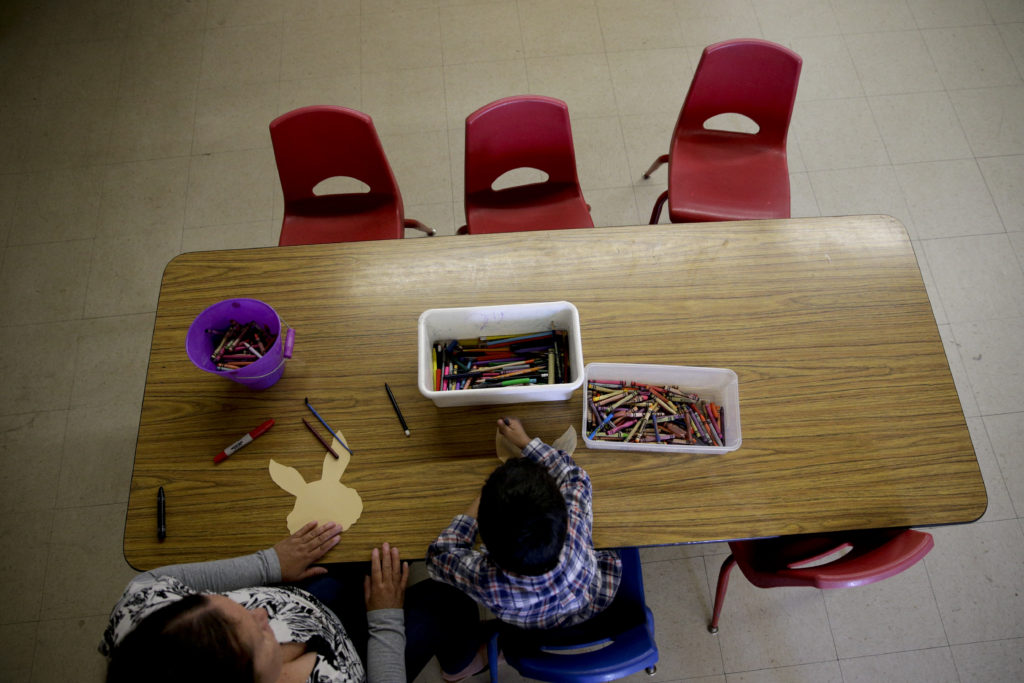Waiting For Gavin
Diane Ravitch on Gavin Newsom’s Three Education Challenges
California is one of the richest states in the nation but spends about the same on its students as states like Iowa, Kansas, Louisiana and South Carolina, where the cost of living is far less than in California.

As Gavin Newsom prepares to take office, education looms large on the list of California’s top priorities. The nation’s most populous state faces major questions on everything from the cost of higher education to growing demands for increased oversight of charter schools. Capital & Main asked education scholar Diane Ravitch what advice she would give Newsom. Here is her response.
The incoming administration of Governor-elect Gavin Newsom will not be cleaning up a mess. Governor Jerry Brown has been a good steward of the state during his time in office.
But Newsom faces three distinct challenges in the field of education. Although Governor Brown significantly increased spending for education, California has large unmet needs and much catching-up to do to maintain its edge as an incubator of talent and innovation, and of equal opportunity for all.
First, the state must substantially increase funding for K-12 education, which would enable districts to pay teachers better salaries, reduce class sizes and assure that all children, regardless of where they live, have access to a well-equipped, well-staffed school. The latest federal data (2016) show that California spends somewhat less than the national average per pupil. California’s per-pupil spending is $11,420, compared to a national average of $11,841. California is one of the richest states in the nation but spends far less than states such as New York, New Jersey, Connecticut, Massachusetts, Maryland, Wyoming and North Dakota. California spends about the same on its students as states like Iowa, Kansas, Louisiana and South Carolina, where the cost of living is far less than in California.
Second, California must recommit to the long established tradition that tuition for higher education must be free to all residents of the state. This principle was reiterated in the state’s Master Plan in 1960, but ended by Governor Ronald Reagan. The low-cost availability of higher education and the large pool of educated talent it created were the principle drivers of the state’s economic development and success. The primary reason that students drop out of college is cost, not ability. The state should recommit to provide higher education to all who wish to pursue it, by removing cost as a barrier to their opportunity and ambition.
Third, California must regulate the charter school industry, whose lobbyists have defeated all efforts to hold charter schools accountable and transparent. Where public money goes, public accountability must follow.
Charter schools now enroll 10 percent of the children in the state, and their representatives should have no more than 10 percent of the seats on the state board. Charters should be made subject to open-meetings laws and laws prohibiting conflicts of interest and nepotism. The law governing charters should be revised so that they are authorized solely by the district in which they are physically located, with no appeals to the county or state board. If there is no need for them, they should not exist.
Before any charter is authorized, there must be a determination of its fiscal impact on the host district. The host district should supervise the charter to assure that it is operating in accordance with state laws and serving the needs of students in the district. Every charter should enroll at least the same proportion of students with disabilities and English language learners as the district in which it is located.
Charters should be as accountable for their enrollment, discipline policies, finances and academic performance as district public schools. Charters should complement, not compete with, district public schools. They are all working towards the same goals, which is the development of every child’s abilities, equal opportunity and preparation for citizenship.
Copyright Capital & Main

-

 Latest NewsDecember 8, 2025
Latest NewsDecember 8, 2025This L.A. Museum Is Standing Up to Trump’s Whitewashing, Vowing to ‘Scrub Nothing’
-

 Latest NewsDecember 10, 2025
Latest NewsDecember 10, 2025Capital & Main, L.A. Times Win Sidney Award for Reporting on Child Farmworkers
-

 StrandedDecember 9, 2025
StrandedDecember 9, 2025Giving Up on the Dream: Asylum Seekers Try Other Options in Mexico
-

 Locked OutDecember 16, 2025
Locked OutDecember 16, 2025This Big L.A. Landlord Turned Away People Seeking Section 8 Housing
-

 Column - California UncoveredDecember 12, 2025
Column - California UncoveredDecember 12, 2025They Power the U.S. Economy, But Will Struggle to Afford Health Care
-

 The SlickDecember 19, 2025
The SlickDecember 19, 2025‘The Poor Are in a Very Bad State’: Climate Change Accelerates California’s Cost-of-Living Crisis
-

 Column - State of InequalityDecember 11, 2025
Column - State of InequalityDecember 11, 2025A Little Place Called Home?
-

 Locked OutDecember 23, 2025
Locked OutDecember 23, 2025Section 8 Housing Assistance in Jeopardy From Proposed Cuts and Restrictions

